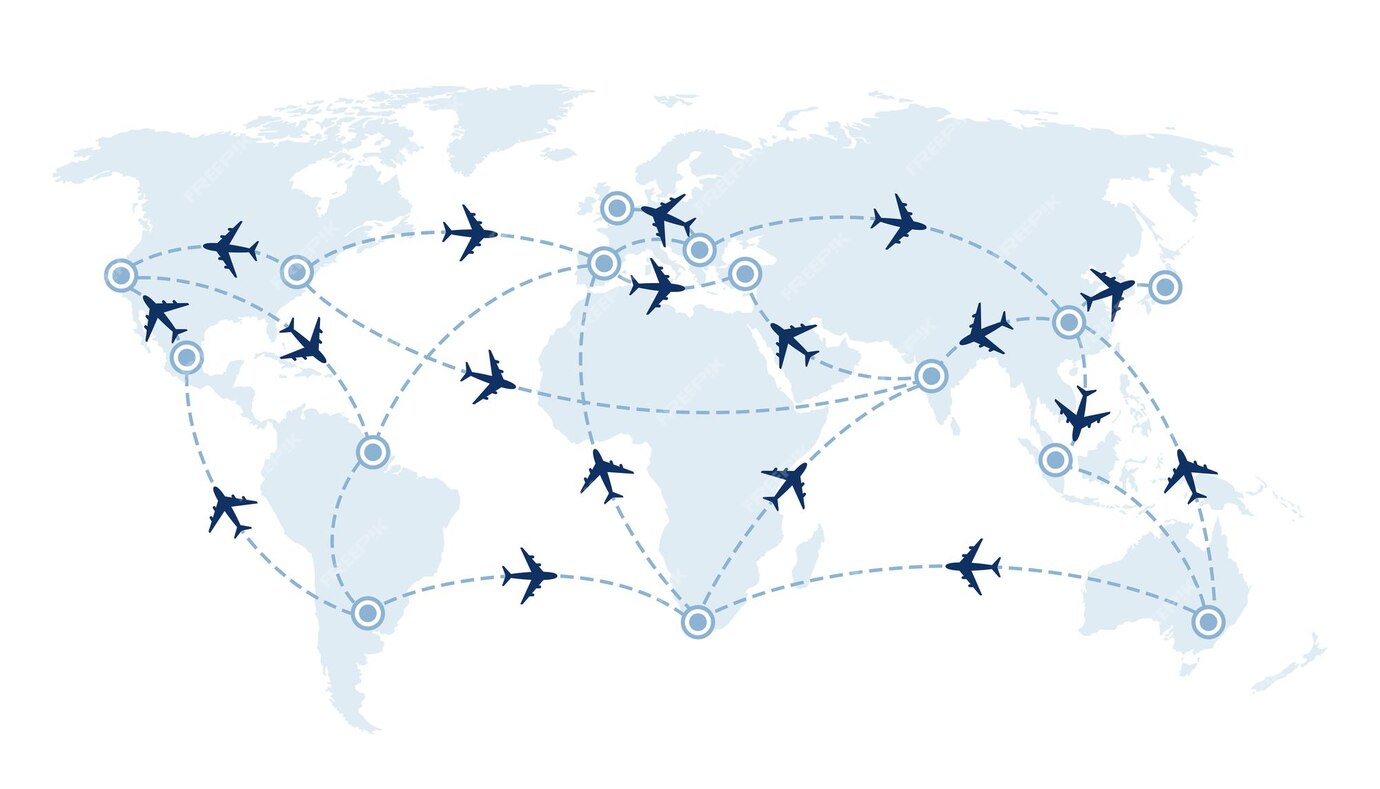Freight transport in the context of mass migration flows: challenges for logistics and security


Let’s not sugarcoat it—mass migration throws a wrench into freight logistics like few other things can. Roads jammed. Border controls tightened. Routes suddenly not safe—or just plain blocked. And no, this isn’t something you can plan for with a neat Gantt chart and a few extra pallets of shrink wrap.
If you’re moving goods across borders these days, especially through hotspots near active migration routes, you know exactly what I mean. You build the perfect schedule, everything's on time... and then your driver calls from a checkpoint where nothing’s moved in four hours. And nobody knows when it will.
So what’s actually happening on the ground?
Mass migration flows—refugees, asylum seekers, displaced people—don’t just change politics. They reshape logistics. Suddenly:
- Border crossings are flooded (and we’re not talking cargo trucks).
- Military or humanitarian corridors reroute traffic—sometimes without warning.
- Local authorities clamp down hard on freight inspections, “just in case.”
- Risk of unauthorized entries into trailers or containers skyrockets.
One of our clients had a truck held at a border crossing for three days because someone tried to climb into the trailer during a stop near an informal camp. The driver didn’t even notice. But customs sure did. And while the cargo was untouched, the delay cost more than the shipment was worth. Insurance didn’t cover it. And the client? Not thrilled.
Let’s be honest: this isn’t a “logistics problem.” It’s a ripple effect.
But freight still gets hit—hard. Especially when:
- Your routes run near migration paths (southern EU borders, North Africa, Central America).
- You’re carrying high-value or sensitive cargo.
- Your drivers don’t speak the local language or don’t get real-time updates.
You don’t just need good logistics here—you need adaptive logistics. Flexible routing. Smart communication. A solid mix of common sense and local intel.
What can logistics teams actually do? A few (hard-earned) tactics:
1. Don’t rely on static routes anymore
What worked last month may not work next week. Use routing tools with live data—border wait times, traffic disruptions, security advisories. And have backup routes ready. Not “we’ll figure it out if needed”—I mean really ready. Even if it’s a longer drive, it’s better than getting stuck at a closed checkpoint.
2. Train your drivers for the unexpected
This one matters more than people think. Basic protocols—what to do if someone approaches the vehicle, how to check for signs of tampering, when to report something (and when not to panic). We had a driver who pulled over “just to stretch his legs.” Fifteen minutes later, someone had slipped into the undercarriage. The situation could’ve gone very badly. Luckily, a checkpoint scan caught it. But not every story ends that clean.
3. Rethink your security measures
This isn’t about paranoia—it’s about being realistic.
- Invest in sealed trailers or tamper-evident locks.
- Use undercarriage sensors or motion detection.
- GPS tracking with geofencing alerts (so you know if the truck strays into a known risk area).
- Basic onboard cameras—yes, they help.
And always, always keep a log of stops. Especially if you’re passing through regions known for migrant crossings.
4. Work with local partners who actually know the situation
Your global freight forwarding partner might be great in theory. But if they’re getting their info from the same Google search you are... you're not ahead. Local agents, local drivers, boots-on-the-ground visibility—that’s where the edge is. They’ll know which crossings are backed up. Which roads are seeing protests. Where not to refuel after dark. Sounds obvious. Still gets ignored.
One more thing—compliance is your shield
If your cargo is flagged and inspected, you want your paperwork flawless. Not “mostly done” or “someone back at the office is handling it.” In these situations, even small errors make customs agents nervous.
So double check:
- Driver documents
- Cargo manifests
- Certificates of origin or medical clearance, if needed
- Seal records
Because in volatile regions, “logistics issue” often means “security risk”—and no one wants to be the guy explaining a missing form during a three-hour border inspection.
In short?
Logistics under pressure reveals who’s playing checkers and who’s playing chess. You can’t control global migration flows. But you can control how your operation responds to them. Flexibility, communication, security—and a healthy respect for the unexpected. You don’t have to panic.
But if you’re still running freight through high-risk areas like it’s 2017? You might want to recheck your playbook. And maybe—just maybe—stop pretending “delay due to human crisis” is just another line on your spreadsheet. Because out there? It’s way more than that.

